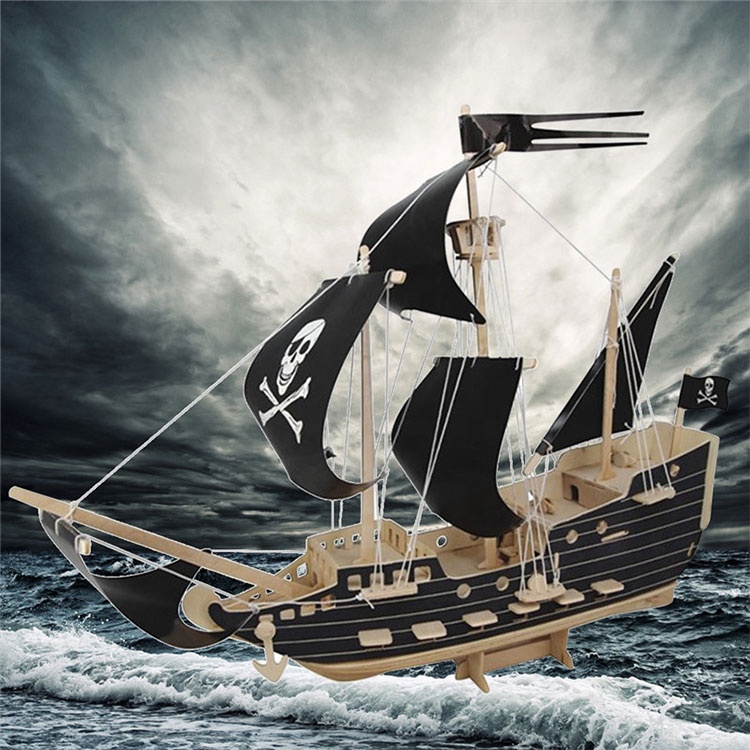
Springbok puzzles, which were developed by Allied Products in 1963, have been a beloved and cherished way for South Africans to appreciate the complexity and beauty of South Africa. Allied Products created the sturdy chipboard pieces which are easy to hold and use. Large pieces make it a great option for those with Alzheimer's or dementia. This brand is a favorite of puzzle collectors and has grown to be one of America's most loved brands. The first Springbok Puzzles were created in 1963. Each year, about twenty-five new images delight puzzle lovers.
Since 1963
Since 1963, the Official Springbok Jigsaw Puzzle Company is making high-quality Puzzles. The patented dies and high quality pieces guarantee a long shelf-life and lifetime enjoyment. Springbok puzzles have been hailed as America's favorite puzzle. Zulily allows you to purchase them. Even though the Springbok name might sound old, these puzzles remain extremely popular.
Robert Lewin & Katie Lewin founded the company back in 1963. The company's products are well-known among jigsaw enthusiasts around the world. 100% recycled materials are used, as well as original puzzle pieces. The company proudly made in the USA. Springbok puzzles boast a renowned lithography. The pieces of the puzzle are made of thick chipboard. Only 25 new puzzles are released each year. Die-hard puzzle enthusiasts love the unique designs and the interlocking pieces.

Made of thick chipboard
What is the best use of a Made of Thick Chipboard? You can use this sturdy material for many purposes. Chipboard sheets are thick enough for printing photos or prints. These boards can also be covered in paint or other artistic techniques. You can also use them to create frames for special awards. Here are some great ways to use chipboard for your artwork:
Chipboard is classified on the basis of thickness. This is done using a point system. A point equals one-thousandth of an inch. Light chipboard has a thickness of 20 points; XL has 32 points. That's 1/1000th inch. Extra-heavy Chipboard is between 50 and 52 inches thick, or the thickness a dime. 2X chipboard weighs 85 points. That's about the same thickness that two dimes.
Large pieces for dementia and Alzheimer's patients
It can help a loved-one with memory impairment feel more at ease by using jigsaws puzzles. Jigsaw puzzles that have large pieces are popular for people with dementia. These puzzles can be played by individuals at various stages of the disease and have the benefit of being easy to understand. These toys can be used for light exercise as well as jigsaws.
While many of these games are challenging, a puzzle with large pieces is easier for a dementia patient to see and is less of a challenge. For seniors with memory loss, puzzles with 100 or 200 pieces are ideal for this type of care. Puzzles based on holidays are particularly stimulating. These puzzles use imagery that can help remind patients of their past holiday celebrations. These games can also serve as a way to pass time and allow seniors to think about their favorite holiday traditions.

Made by Allied Products
Made by Allied Products' history began in 1928 when three Michigan companies merged into one: the Victor Peninsular Company and Richard Brothers Die Works. The Victor Peninsular Company manufactured cold-forged parts and cap screws. Richard Brothers Die Works made automobile components and dies. Indiana Lamp Corporation was responsible for electric headlights. The combined companies earned a combined $79,400 its first year of operation. Allied had already made over a million dollars by its third year.
Some financial difficulties resulted in the expansion of Allied during the mid-1970s. In 1975 and 1976, Allied reported two consecutive losses of over $1 million. Allied had lost market share in textiles to foreign manufacturers and closed two cotton mills. Despite the setbacks, the company's management was determined to continue its expansion plans. Executives were attracted to the company's agricultural equipment business. As the world hunger for food seemed insatiable, millions upon millions were being planted in the United States.
FAQ
What are some good hobbies for seniors to do?
Senior citizens should have fun activities that they enjoy doing. Senior citizens should be active and participate in other activities.
They may want to join clubs that allow them to meet others with similar interests. They will feel less lonely as their age.
Seniors need to keep up with current trends. For example, seniors could keep up with the latest fashions, art and literature.
What are educational hobbies?
An educational hobby involves a sport or other activity where you can learn something from doing it. It could be anything, from playing sports to learning how an instrument is played.
It should be enjoyable and have fun. You don't necessarily have to do this all the time. But if it becomes boring, then think about what you could be doing.
These activities can also be costly so make sure you don't spend too much.
How can I find a hobby?
It can feel overwhelming to start your search for a hobby when you first begin.
You're likely thinking, "I can't be very artistic" or "I have no idea what I'm doing."
The truth is that you likely already have a lot experience in your chosen hobby.
It's simply that you haven’t yet realized it.
Take a look at the contents of your home. How much stuff do you own?
Do you have any old toys lying around?
Maybe you have a collection of books or magazines.
Perhaps cooking has been something you've wanted to do all your life.
Perhaps you just want to pick up the guitar again.
Whatever it is, there's likely something you can turn into a hobby.
Realize that you have many experiences already.
Once you have done that, you will be able choose a hobby that suits your lifestyle.
Statistics
- The intensity of the dialogue partners' bond at the end of the forty-five-minute vulnerability interaction was rated as closer than the closest relationship in the lives of 30 percent of similar students. (time.com)
- Studies show that just six minutes of reading can reduce stress levels by 60 percent. (oberlo.com)
- This 100% accurate personality-analyzing hobby quiz discovers your passion based on your characteristics. (quizexpo.com)
- Almost 80% of people claim to have no hobby. (hobbylark.com)
- A new survey by Pew Research Center of teens ages 13 to 17 finds that 36% of girls feel tense or nervous about their day every day; 23% of boys say the same. (pewresearch.org)
External Links
How To
How to learn a musical Instrument
There are many options for learning how to play the piano. You could attend a school, read a book, get lessons from someone who plays a musical instrument, or look at videos online. Here are some tips and techniques to help you learn if your goal is to create your own learning path.
-
Find something that interests and you. You don't have to like every instrument you see. It would be hard to get into playing an instrument if you don't enjoy doing it.
-
Be patient. Learning something new takes time. Expect to not be able master all things immediately. Instead, you should continue practicing every day.
-
Regular practice is important. This can be done even when you are tired. This will ensure that your memory doesn't fade.
-
Choose a good place to practice. You want to be in a place where you are not disturbed by others. Make sure there aren't distractions. Avoid loud music, for example.
-
Have fun. Music should be enjoyed. You should have fun practicing music. It will make you more motivated to keep going.
-
Set goals. When you set goals, you know exactly what you have to achieve. You will never be ashamed to fail.
-
Keep track of how you are doing. Note down your successes and mistakes. This will help you to improve your performance over time.
-
Take breaks. Sometimes all it takes is to take a breather. You will be able to take breaks and think about the things you are doing.
-
Ask questions. Ask others if there are any doubts or questions regarding the instrument. They may be willing to help.
-
Listening is the best way of learning. Many musicians enjoy listening to their favorite songs and trying to imitate them. This helps them understand basic concepts behind the song.
-
Read books. Watching videos or taking classes will not teach you as much as reading books. Books contain information you will not find anywhere else.
-
Join a group. Playing with others will force you to practice more. Plus, you'll meet people with the same interests as you.
-
Learn from tutorials. Tutorials are videos that provide detailed explanations of various topics. These videos usually focus on one specific aspect of the instrument. Tutorials can be helpful in understanding difficult parts of an instrument.
-
You can try different methods. Some people prefer to learn through lectures, whereas others learn better by reading. Experiment until you find what works best for you.
-
Practice makes perfect. It is not possible to become an expert overnight. It takes a lot of work to be able to perform well.
-
You can learn from other musicians. You can learn faster by listening to other musicians play your favorite songs.